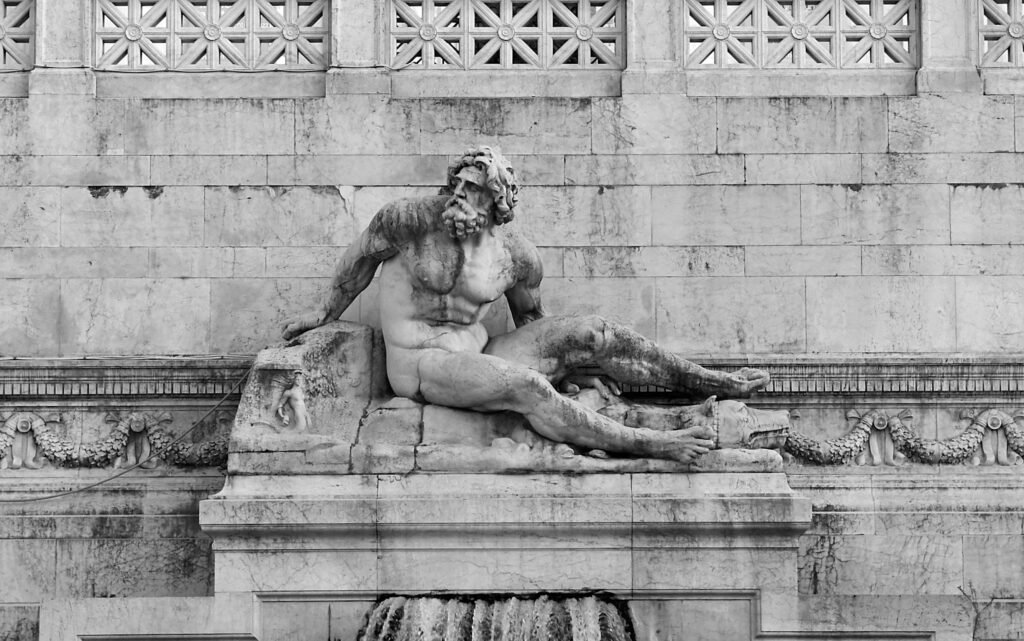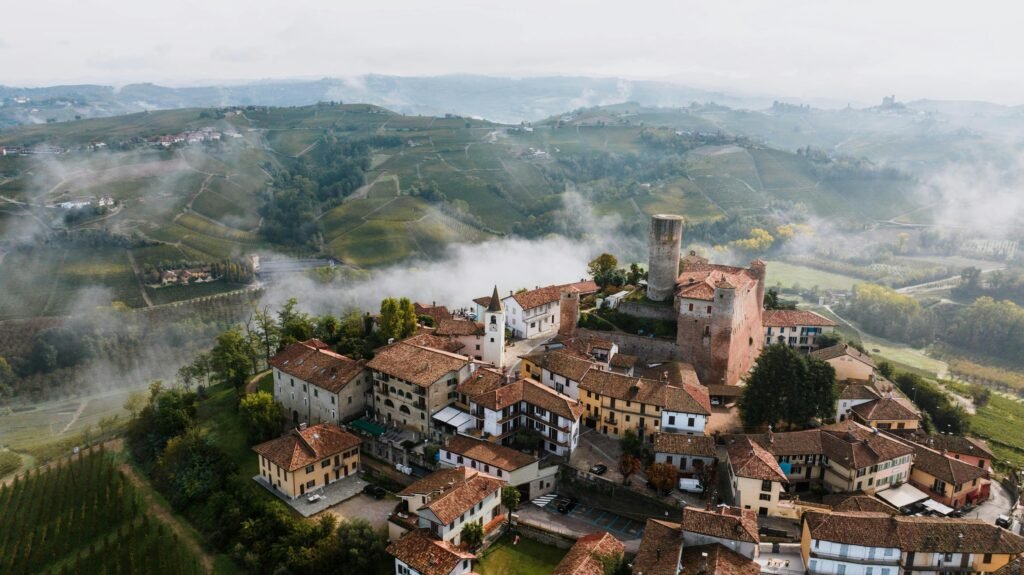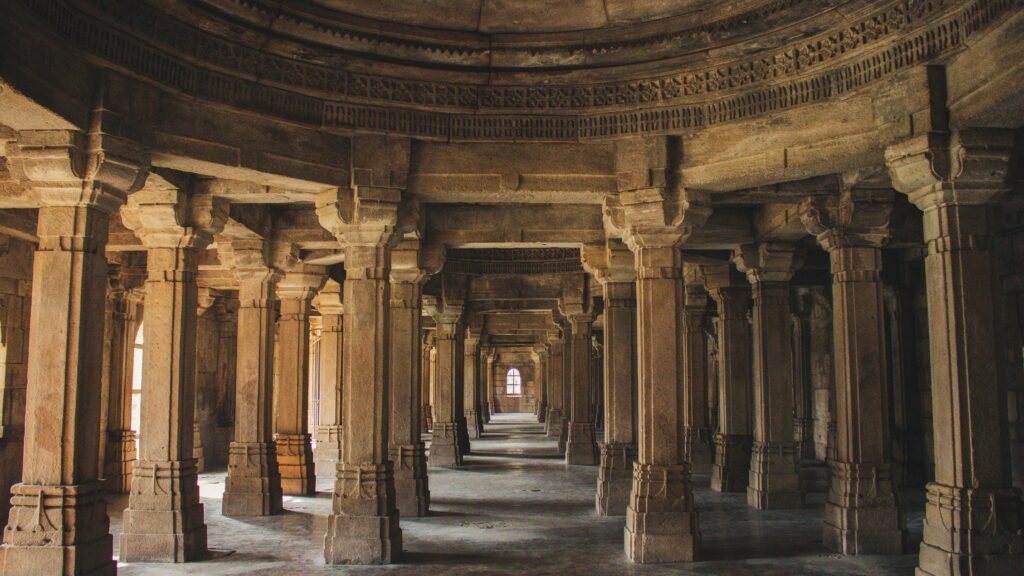Picture this: you’re wandering through Florence’s bustling historic center when suddenly you spot a crowd of people gathered around what looks like a bronze pig, each person eagerly touching its nose and dropping coins into its mouth. Welcome to your first encounter with Il Porcellino!
I remember being absolutely mesmerized during my first visit to Florence in 2018. Here was this relatively small bronze statue – probably no bigger than a medium-sized dog – commanding more attention than some of the world’s greatest Renaissance masterpieces just blocks away. According to the Florence Tourism Board, Il Porcellino receives over 6 million visitors annually, making it one of Italy’s most photographed sculptures.
But there’s so much more to this bronze beauty than meets the eye. From its Renaissance origins to its modern-day cultural impact, Il Porcellino represents a fascinating intersection of art, superstition, and human psychology that’s captivated visitors for centuries.
The Artistic History of Il Porcellino
Pietro Tacca’s Masterpiece
Let me take you back to 1612, when one of the most skilled bronze sculptors of the Baroque period was commissioned to create something extraordinary. Pietro Tacca, who had already made a name for himself working on monumental equestrian statues, received an unusual request from Grand Duke Cosimo II de’ Medici.
The Duke had fallen in love with an ancient Roman marble boar sculpture housed in the Uffizi Gallery. But here’s what fascinated me when I learned about this – Tacca didn’t just copy the original. He transformed it into something uniquely his own, adding intricate details and a level of realism that was groundbreaking for its time.
The bronze casting process alone took nearly two years to complete. Tacca used the lost-wax technique, which involves creating a detailed wax model, covering it with clay, then melting out the wax to create a mold for the bronze. The level of detail in the final product is absolutely stunning – you can see individual bristles, muscle definition, and even the texture of the boar’s hide.
From Royal Collection to Public Monument
Originally, Il Porcellino wasn’t meant for public touching at all! The statue was initially placed in the Boboli Gardens as part of the Medici family’s private collection. It wasn’t until 1640 that the sculpture was moved to its current location at the Mercato Nuovo, where it was intended purely as decorative art for the market’s fountain system.
Here’s where things get interesting: the transformation from artwork to good luck charm happened gradually over centuries. There’s no record of when people first started touching the snout, but historical accounts suggest the tradition began sometime in the 18th century.
The Anatomy of Il Porcellino
Artistic Details You Might Miss
Standing about 80 centimeters tall and weighing approximately 300 kilograms, Il Porcellino showcases incredible artistic craftsmanship that most tourists rush past without fully appreciating. During my detailed examination of the statue (yes, I spent about an hour just studying it), I noticed several remarkable features:
The ears are positioned with anatomical precision, showing Tacca’s deep understanding of wild boar physiology. The eyes have an almost lifelike quality, with subtle shadowing that makes them appear alert and intelligent.
But what really impressed me was the muscle definition. You can actually see the power in the boar’s shoulders and haunches, suggesting movement and strength even in bronze. The artist even included battle scars and bristle patterns that would be found on a real wild boar.
The Famous Golden Snout
The most striking feature today – that brilliant golden snout – wasn’t part of Tacca’s original design. This polished appearance has developed over centuries of touching, creating what conservationists call a “patina of human interaction.”
Scientific analysis shows that the bronze in this area has been compressed and smoothed by millions of hands, actually changing the metal’s surface structure. The contrast between the weathered dark bronze of the body and the bright golden nose creates an almost otherworldly appearance.
Understanding the Cultural Phenomenon
How Superstitions Spread
What fascinates me as someone who’s studied tourist behavior is how the Il Porcellino tradition spread without any official promotion or marketing. This was purely word-of-mouth, guidebook mentions, and social proof – people saw others doing it and naturally wanted to participate.
Anthropologists believe the tradition gained momentum during the Grand Tour era of the 18th and 19th centuries, when wealthy Europeans traveled Italy as part of their cultural education. These early tourists brought stories of the “lucky boar” back to their home countries, slowly building the statue’s international reputation.
The Psychology Behind the Ritual
There’s genuine psychological benefit to participating in traditions like touching Il Porcellino. Research shows that ritualistic behaviors release endorphins and create positive emotional states. When you combine that with the excitement of travel and the social validation of participating in a shared experience, you get a powerful psychological cocktail.
I’ve observed hundreds of people interacting with the statue, and there’s a noticeable change in their demeanor afterward. Even skeptics tend to smile and seem more relaxed after completing the ritual. There’s something deeply satisfying about participating in a tradition that connects you to millions of other travelers.
Visiting Il Porcellino: Practical Information
Location and Getting There
Il Porcellino sits in the heart of Florence’s UNESCO World Heritage historic center, specifically at the Mercato Nuovo (also called the Straw Market or Loggia del Mercato Nuovo). The exact address is Via Por Santa Maria, right between the Ponte Vecchio and Piazza della Signoria.
From major landmarks:
- Ponte Vecchio: 2-minute walk east
- Duomo: 8-minute walk south
- Uffizi Gallery: 4-minute walk west
- Palazzo Pitti: 12-minute walk north
The market is easily accessible by foot from anywhere in central Florence. If you’re staying outside the historic center, take buses 11, 36, or 37 to the “Ponte Vecchio” stop.
Best Times to Visit
Through multiple visits at different times, I’ve learned that timing really matters for your Il Porcellino experience:
Early morning (7:30-9:00 AM): Absolutely the best time! Few tourists, great lighting for photos, and you can take your time with the ritual. The market vendors are just setting up, creating an authentic atmosphere.
Late afternoon (5:30-7:00 PM): Second best option. The harsh midday sun is gone, creating softer lighting, and many tour groups have moved on to dinner.
Avoid 10 AM – 4 PM: Peak tourist hours mean crowds, waiting lines, and rushed experiences. I’ve seen people wait 20+ minutes just for a quick photo during summer afternoons.
What to Expect During Your Visit
The area around Il Porcellino is always bustling with activity. You’ll find leather goods vendors, souvenir shops, and street performers creating a lively atmosphere. Don’t be surprised if someone offers to take your photo – it’s become an informal service that locals provide (usually for a small tip).
The bronze has a distinctive smell – a metallic, slightly sweet odor that comes from the combination of bronze oxidation and the oils from millions of hands. It might sound strange, but many visitors remember this scent years later as part of their Florence experience.
The Economics of Il Porcellino
Tourism Impact and Revenue
This single statue has a remarkable economic impact on Florence. Conservative estimates suggest that Il Porcellino directly influences foot traffic worth €2-3 million annually to the surrounding Mercato Nuovo area. Vendors consistently report higher sales on days with heavy tourist traffic around the boar.
The coins collected from the statue’s mouth generate approximately €12,000-15,000 yearly for local charities. That might not sound like much, but consider that these are mostly small denomination coins from tourists making wishes. The volume represents hundreds of thousands of individual interactions annually.
Supporting Local Businesses
What I love about visiting Il Porcellino is how it supports authentic Florentine businesses. The surrounding market features family-owned leather shops, many run by third- or fourth-generation artisans. These aren’t tourist traps – they’re legitimate craftspeople who’ve benefited from the statue’s drawing power for decades.
During my conversations with local vendors, several mentioned that Il Porcellino visitors tend to be more engaged and curious about Florentine culture, making them better customers than typical rushed tourists.
Conservation and Preservation Efforts
Protecting a Living Monument
Il Porcellino presents unique conservation challenges because touching is integral to its cultural significance. The Florence Department of Cultural Heritage has developed specialized maintenance protocols to preserve the statue while allowing continued public interaction.
Annual maintenance includes:
- Deep cleaning with specialized bronze-safe solvents
- Structural integrity assessments
- Patina protection treatments on non-touched areas
- Grating system maintenance and coin removal
The Debate Over Access
There’s ongoing discussion among conservationists about whether to limit physical access to Il Porcellino. Some argue that a protective barrier would preserve the statue for future generations. Others maintain that touching is so fundamental to the experience that barriers would essentially destroy what makes the statue special.
Currently, the city has chosen to maintain open access while investing in more frequent conservation treatments. It’s a compromise that seems to work, though it requires significantly more resources than protecting a typical monument.
Il Porcellino in Popular Culture
Literary and Artistic References
The statue has appeared in countless travel memoirs, guidebooks, and even fiction novels set in Florence. Hans Christian Andersen wrote a famous story called “The Bronze Boar” inspired by Il Porcellino, though he took considerable creative liberties with the legend.
Photography enthusiasts particularly love Il Porcellino because it offers both artistic beauty and human interest elements. The contrast between the detailed bronze work and the constant stream of diverse visitors creates compelling visual narratives.
Social Media Phenomenon
In the Instagram age, Il Porcellino has found new life as a shareable experience. The hashtag #ilporcellino has over 150,000 posts, making it one of the most photographed individual statues in Europe. What’s interesting is how social media has actually helped preserve the touching tradition by showing people the “proper” way to interact with the statue.
Comparing Il Porcellino to Other Famous Statues
Unique Characteristics
Having visited many famous “touching” statues worldwide, I can say that Il Porcellino offers a unique combination of factors:
Artistic merit: Unlike many folk tradition statues, this was created by a master sculptor and represents genuine artistic achievement.
Historical depth: The 400+ year history gives the tradition authentic cultural weight rather than manufactured tourist appeal.
Practical accessibility: The statue’s size and location make it genuinely interactive rather than intimidating.
Global Context
Similar touching traditions exist worldwide, but few combine Il Porcellino’s artistic quality with its historical significance. The Wall Street Bull is more famous but lacks historical depth. Prague’s statue of Saint John of Nepomuk has the history but less artistic refinement. Il Porcellino strikes a rare balance between all these elements.
Planning Your Il Porcellino Experience
Photography Tips
The statue offers excellent photo opportunities, but here are some insider tips from my multiple visits:
Best angles: Shoot from slightly below to capture the statue’s commanding presence. The surrounding Renaissance architecture provides beautiful background context.
Lighting considerations: Morning east-side light illuminates the statue beautifully. Avoid harsh midday sun that creates unflattering shadows.
Crowd management: If you want photos without crowds, be patient and wait for natural lulls. Most people spend only 2-3 minutes at the statue.
Making the Most of Your Visit
Don’t just rush through the touching ritual! Take time to appreciate Tacca’s artistic achievement. Look at the muscle definition, the facial expression, the incredible detail work. This isn’t just a lucky charm – it’s a masterpiece of Renaissance bronze casting.
Consider combining your visit with exploration of the surrounding market. The leather goods here are among Florence’s finest, and many vendors are happy to explain their traditional techniques if you show genuine interest.



